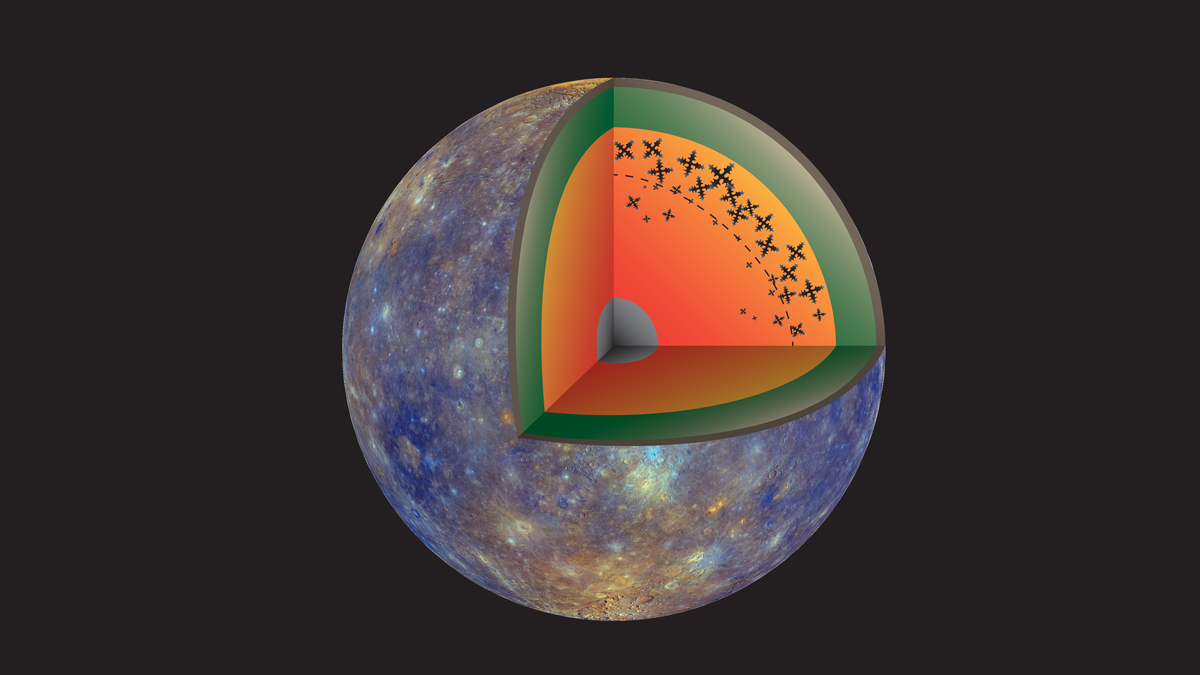New research shows acidity levels could as much as double by 2100, imperiling fragile ecosystems in the frigid Southern Ocean.
Nathaniel Scharping
Metals Could Reveal Corals’ Past Lives
Examining the role of stable metal isotopes in biological activities such as photosynthesis provides a promising new avenue of research into how coral responds to environmental stressors.
Iron Snow Ebb and Flow May Cause Magnetic Fields to Come and Go
Lab experiments find that iron crystals in planetary cores may form in bursts, causing periodic dynamos.
Ocean Vessels May Trigger Lightning Strikes
Previous research indicated aerosols in ship exhaust could enhance lightning. New research indicates the ships themselves may be to blame as well.
Atlantic Hurricanes Are Intensifying Faster
Warmer waters and other factors are allowing Atlantic hurricanes to grow stronger faster.
Subducted Seamounts May Lead to Larger Earthquakes
New findings show that underwater mountains may increase friction along subduction zones, building up stress and making larger ruptures more likely.
Gently Down the Stream: Carbon’s Journey from Land to Sea and Beyond
Movement of carbon from land to ocean and atmosphere plays an important, but understudied, role in the global carbon cycle.
Did These Curious Rock Formations Inspire the Great Sphinx?
New research says it’s plausible the Great Sphinx started life as a geomorphological oddity known as a yardang.
Millions Likely Live in Areas Contaminated by Mining Runoff
Heavy metal contaminants from mining can live in ecosystems for centuries. A new global database shows where the problem is worst.










